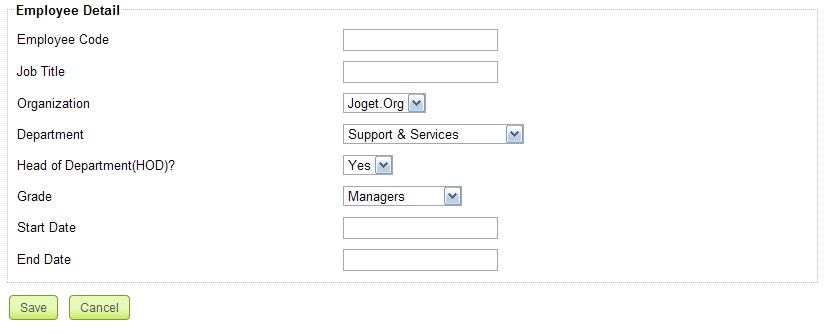Users complete the puzzle. They represent each unique account that can sign on to Joget and participate in the applications that have been built.
A typical user profile is broken into:
User Details
User Details is your typical user profile containing information about the user, such as username, password, email address, etc. It is important to note that:
1. User role defines a user's level of access to Joget. By default, there are 2 levels available, namely, User and Administrator. Users can launch processes or applications that they're assigned to, but they cannot create or manage any new applications. They cannot build processes or define forms or create userviews. Administrators, on the other hand, have full access to Joget.
2. Timezone records individual localization settings. This is an important factor to take note of if your team spans multiple time zones and you need to ensure that date and time elements make correct sense to different users.
3. Status defines if a user account is active or inactive. Sometimes, for the purpose of archive and informational backup, you won't want to completely remove user accounts that are no longer applicable. Instead of a full deletion, choose to set those accounts as inactive. Inactive accounts cannot login to Joget.
Employee Details
Employee Details deal with organisation specific data pertaining to that user. Everything from departmental, grade information to reporting structure is set in this block.
User Group Memberships
For more details about Groups and their functions, refer to Groups. That part allows you to set group memberships for a specific user. Assign/Unassign a user to/from a group(s) by clicking on the 2 buttons below the group listing.
